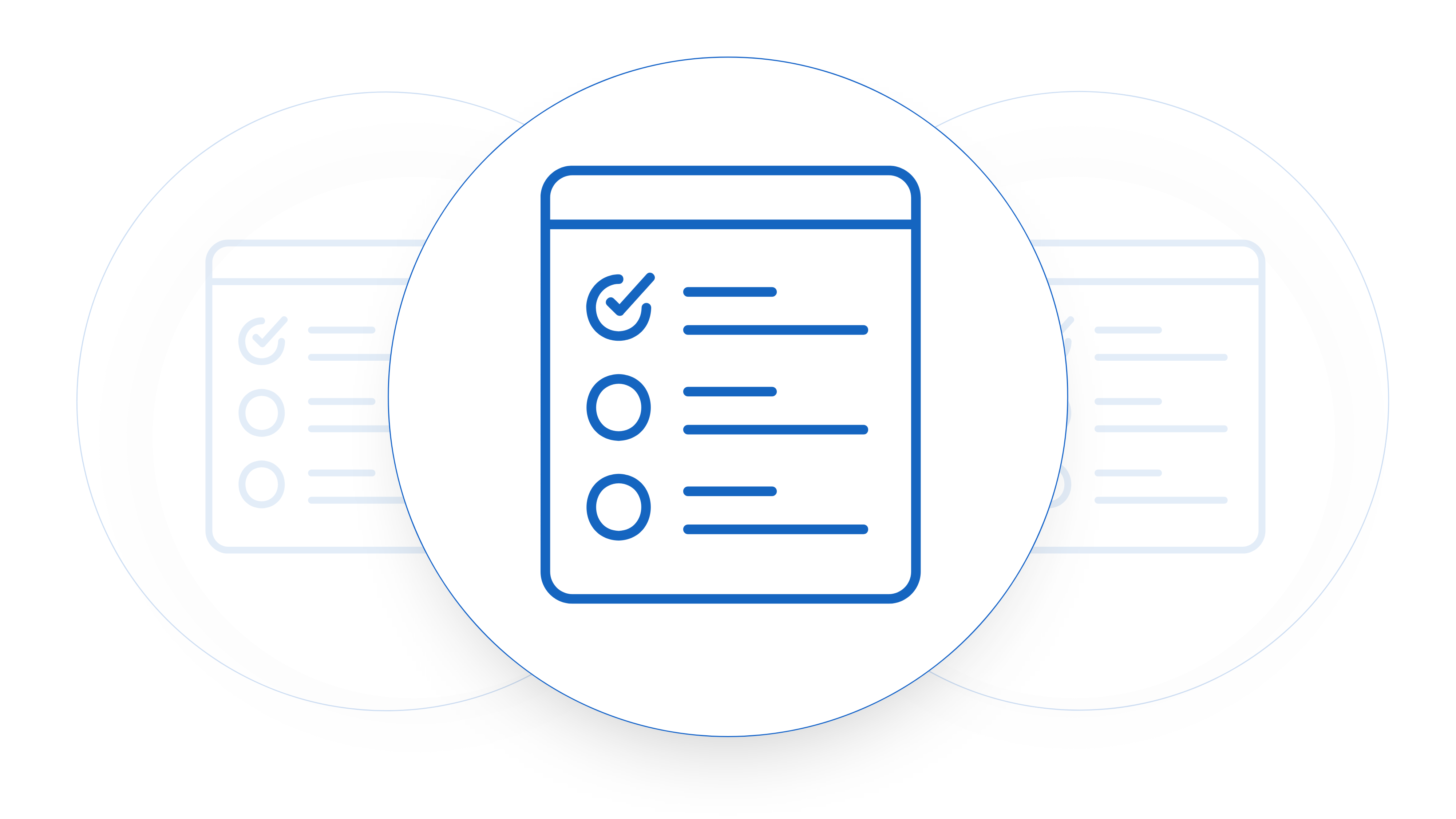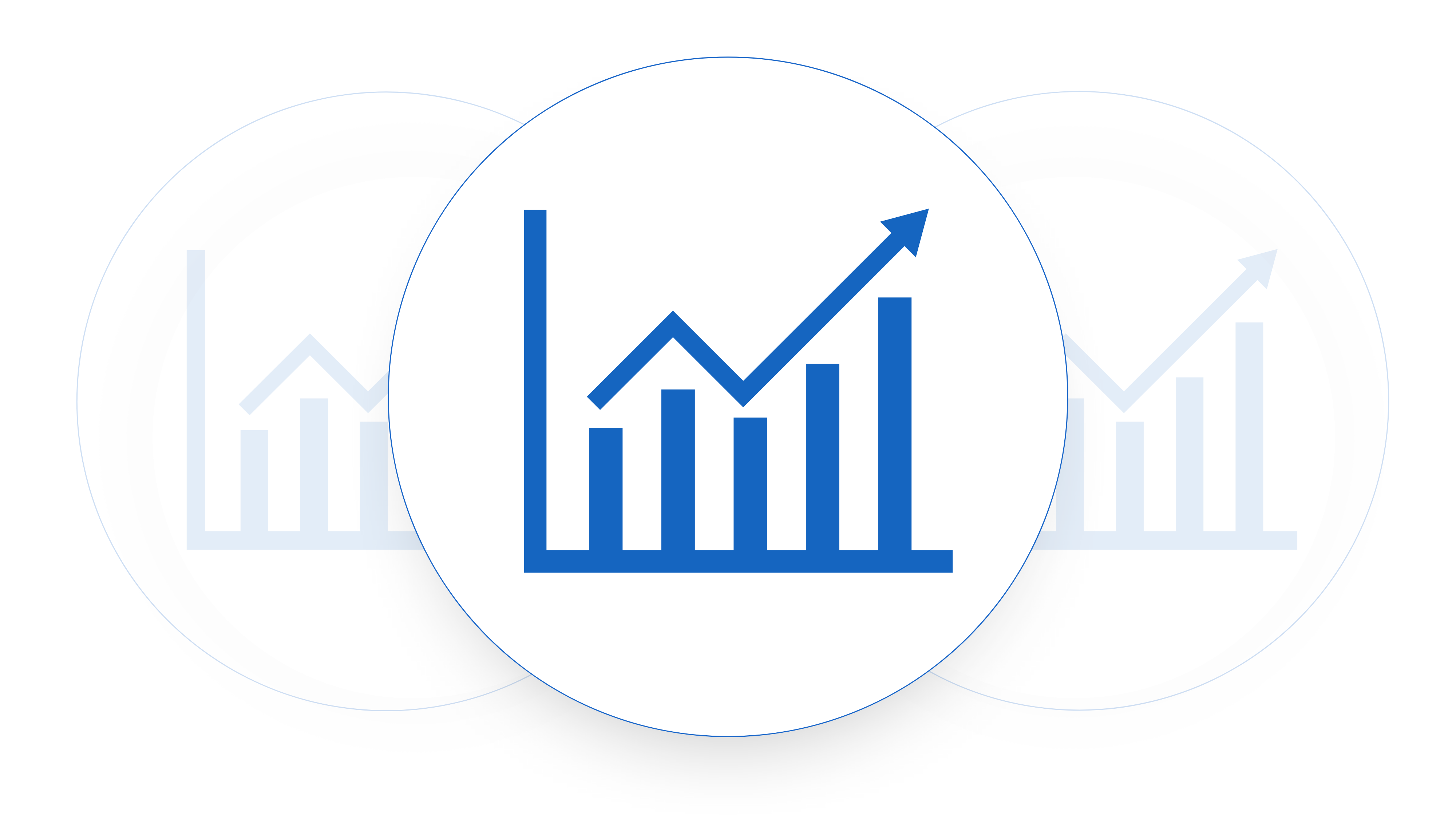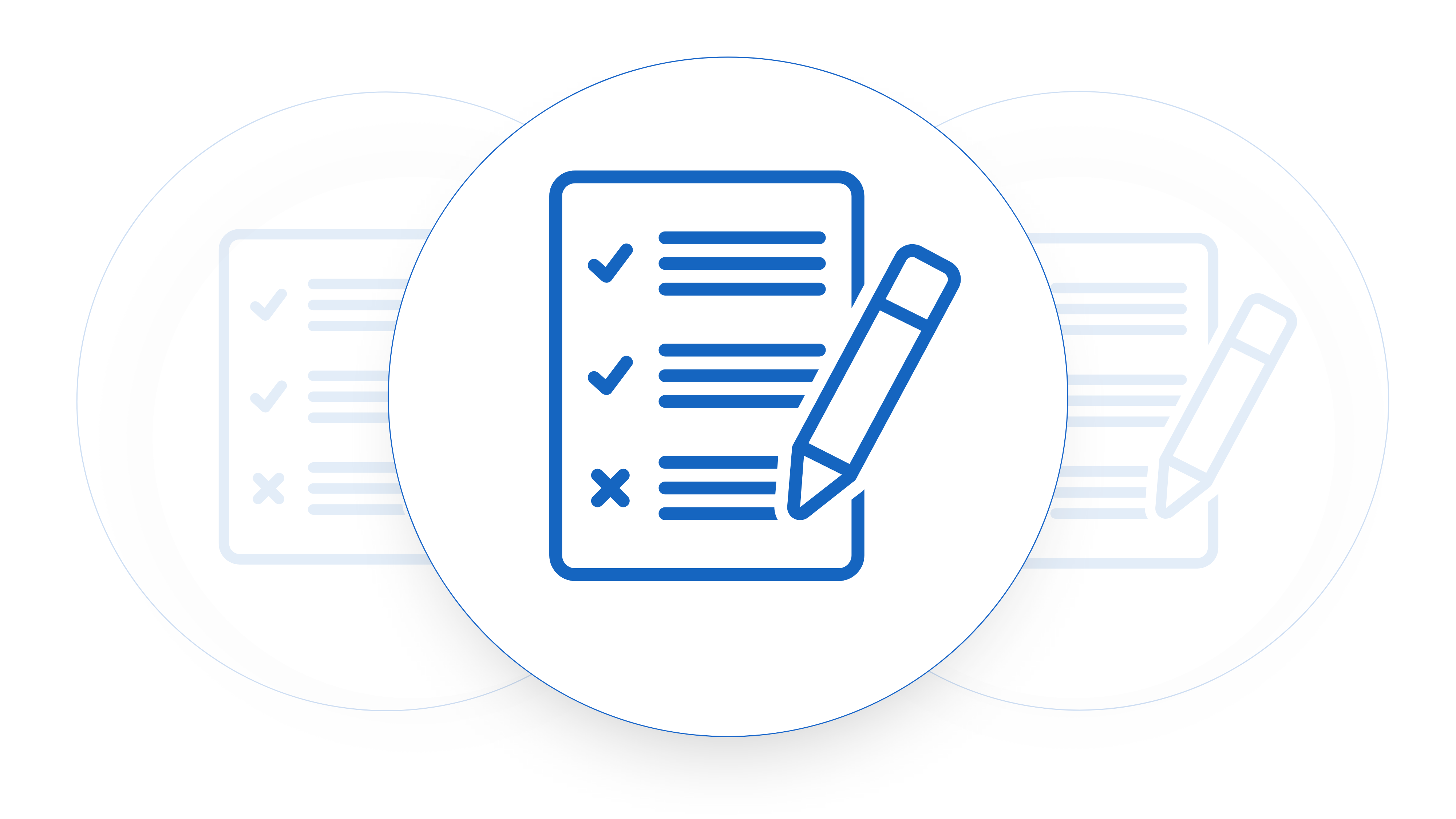Building a sales pipeline from scratch can be a fun and stressful exercise. A lot of CRM products like Hubspot and Salesforce will come with pre-built with pipeline stages but they are generic. Creating and defining the stages in a SaaS sales pipeline that are specific to your business. Not only makes it easier for your sales people but it also helps you to understand your business more. When you’re relying on B2B negotiations to close deals and create business growth. Time is of the essence and having a pipeline with sensical stages to push customers down, Will allow you to customize to sales prompts that you have. This includes stages in a sales pipeline starting all the way from discovery to closed won or closed lost.
For Contract Sent, specializing in contract management software for these startups. Addressing the challenges of lengthy contract negotiations as a black hole in your sales pipeline and helping you in managing legal teams efficiently is crucial to speeding up the end of this sales pipeline. However, let’s take a step back and focus on a fundamental aspect that significantly impacts the success of these tech startups: the stages in a SaaS sales pipeline.
What Are The Essential Stages in a SaaS Sales Pipeline?
Building a strong SaaS sales pipeline that matches the buying behavior of your customers is akin to constructing a well-engineered bridge – it requires careful planning, solid foundations, and a clear path to guide you and your customers to your destination – hopefully a closed won sale. Here’s a breakdown of the key stages that should be an essential part of any successful SaaS sales pipeline. Keep in mind that these stages represent different stages in the normal journey of software procurement, you stages may be similar, completely different or exactly the same.
Redline What Matters
Raise Changes For Approval To Turnaround Contracts Faster
1. Prospecting and Lead Generation:
The journey begins with identifying potential customers and generating leads. The steps to do this involves understanding the target market, reaching out to potential clients, and creating awareness about your software solution. Efficient lead generation sets the tone for a healthy pipeline. There are a lot of facets to this that we will dive into in different posts but some of the important ones include the following:
- Identify your ICP (Ideal Customer Profile) what does someone that would buy your product look like
- Identify the best ways to reach those people
- Set up outreach to them in the correct channel
- Track how those channels are doing
2. Initial Contact and Qualification:
After generating leads, the next stage involves initiating initial contact and assessing their compatibility with your software. This is where your sales team engages in conversations, understanding the prospect’s needs, and qualifying them based on predefined criteria. There are a lot of sales qualification methods out there, look for the one that suits your product the best.
3. Product Presentation and Demonstration:
A critical step in the sales pipeline, this stage allows your team to showcase the features and benefits of your SaaS product. Live demonstrations or personalized presentations help potential clients visualize how your solution can solve their unique challenges.
4. Proposal and Contract Negotiation:
With the lead showing interest, it’s time get closing and present a detailed proposal. Contract Sent’s contract management software becomes invaluable at this stage, streamlining negotiations and ensuring a quicker sales cycle. You’ll be able to have your sales team send over the correct contract template using your contract repository in our tool and Contract Sent will automatically assign the negotiation to your legal team. The dashboard provides a real-time overview, helping startups manage legal teams efficiently and keep negotiations on track.
5. Closing the Deal:
The ABC of sales stage, always be closing, involves sealing the deal. Whether it’s obtaining sign-offs on contracts or securing final approvals, this stage marks the transition from prospect to customer. Clear communication and swift action are essential to prevent any last-minute hiccups. It’s also the stage that can become extremely time unpredictable. Contract Sent will help you to understand where your contract negotiations are sitting at all times and who you need to nudge to get things done.
6. Onboarding and Customer Success:
Once the deal is closed, it’s time to welcome the new customer and ensure a smooth onboarding process. This stage focuses on customer success, providing the necessary support, training, and resources to ensure the client maximizes the value of your SaaS product.
Incorporating these stages into your SaaS sales pipeline ensures a structured and efficient approach to converting prospects into satisfied customers. However, it’s crucial to remember that every startup is unique, and a one-size-fits-all approach may not suffice.
Contract Sent, with its focus on the last stages in a SaaS sales pipeline and clearing these up with effective contract management, is set up to reduce the time that your deals sit in the contracting stages. By providing an overview of your contracts that includes dashboards, metrics tracking, kanban boards, and advanced comparison tools, Contract Sent not only accelerates the contract negotiation process but also offers startups a clearer view of all of their contracts after they have been signed.
A well-defined SaaS sales pipeline is the backbone of any successful tech startup. By incorporating these stages or stages that fit your customers buying process, startups can navigate the complexities of B2B sales more efficiently, ultimately driving growth in your recurring revenue and success in scaling up your business.











